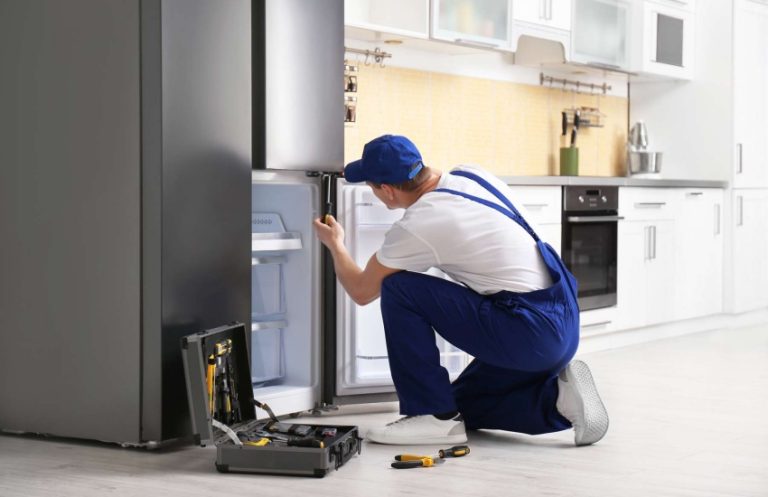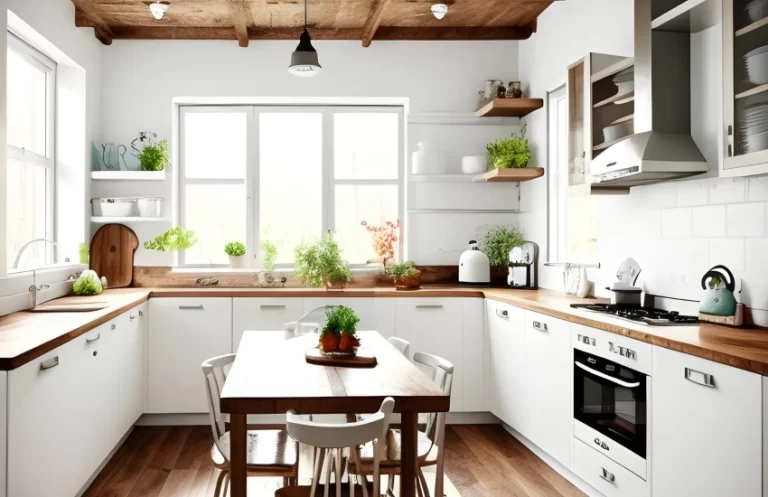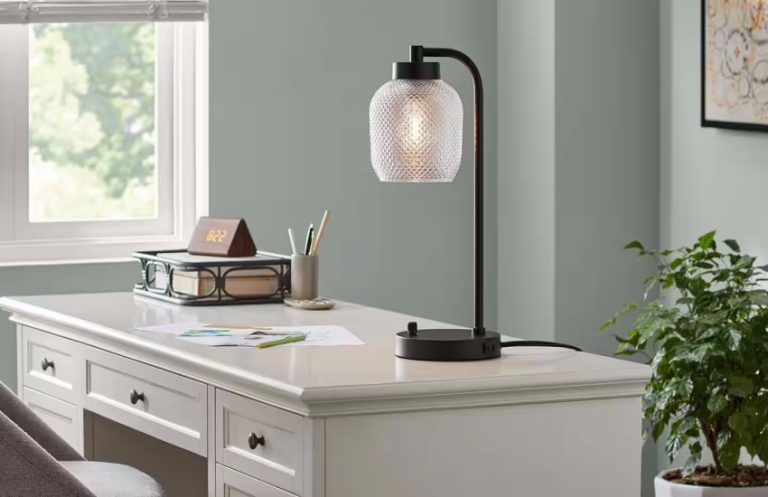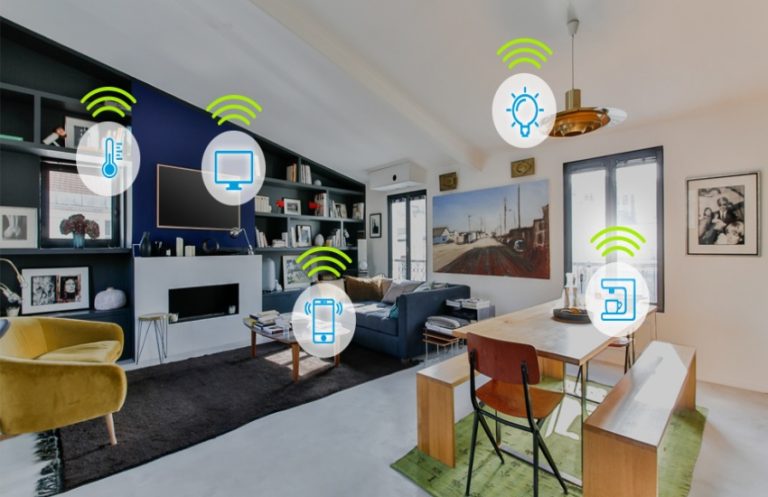
Homeowners can control lighting, heating, and appliances from their smartphones or tablets, making it easy to manage their homes from anywhere. Imagine arriving home after a long day and finding your house perfectly lit and at a comfortable temperature, all thanks to programmable smart devices. This level of control not only enhances comfort but also simplifies daily routines.
Security is another significant benefit of smart home technology. Modern security systems offer features such as remote monitoring, motion detection, and alerts sent directly to smartphones. Homeowners can keep an eye on their property in real time, providing peace of mind whether they are at home or away. Smart locks allow for keyless entry, enabling users to grant access to guests or service providers without being physically present. This added layer of security can deter potential intruders and provide reassurance to families.
Energy efficiency is a crucial aspect of smart home technology that appeals to environmentally conscious consumers. Smart thermostats can learn a homeowner’s schedule and adjust heating and cooling accordingly, reducing energy consumption. Smart lighting systems allow users to control lights based on occupancy, ensuring that energy is not wasted in unoccupied rooms. These features contribute to lower utility bills while promoting sustainable living practices.
Many devices can communicate with each other, creating a cohesive smart home ecosystem. For instance, a smart speaker can control lights, thermostats, and security cameras through voice commands. This interconnectedness simplifies the user experience and allows for customized automation routines. Homeowners can create scenarios such as “movie night” that automatically dim the lights and adjust the thermostat, enhancing the overall experience.
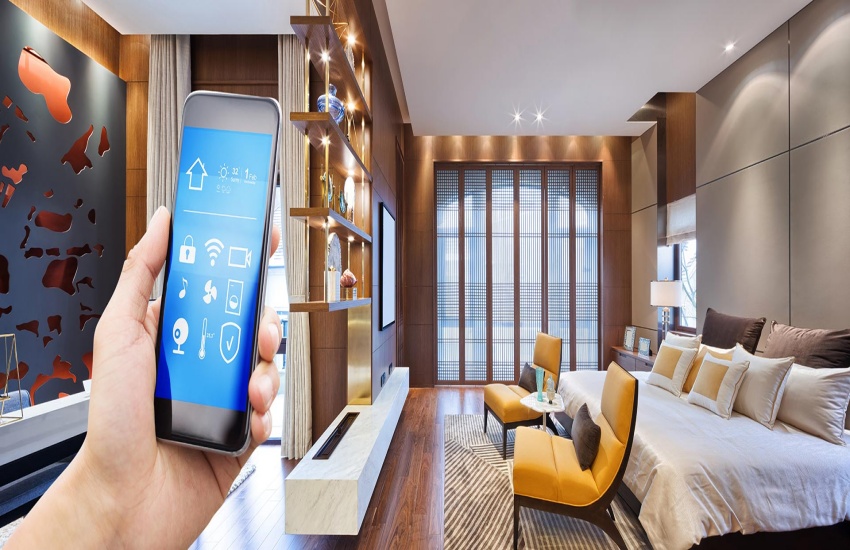
When considering smart home technology, compatibility is an essential factor. Many devices are designed to work with specific ecosystems, such as Google Home or Amazon Alexa. Researching products that align with existing devices can ensure smooth integration and optimal functionality. Homeowners should also consider the scalability of their smart home systems, allowing for future expansions as new technologies emerge.
Installation can vary depending on the complexity of the system. Some smart devices are user-friendly and can be set up without professional assistance, while others may require expert installation. Understanding the requirements of each device can save time and effort during the setup process. Many companies offer online resources and customer support to assist users in getting their systems up and running smoothly.
Affordability is another consideration when exploring smart home technology. While some high-end devices can be costly, there are budget-friendly options that still offer significant benefits. Homeowners can start with essential devices such as smart bulbs or plugs and gradually expand their systems as their needs evolve. This incremental approach allows for a personalized smart home experience without overwhelming initial costs.
The convenience, security, energy efficiency, integration, and affordability of these systems make them appealing to a wide range of homeowners. As technology continues to advance, the possibilities for enhancing daily life through smart home innovations will only expand, creating a more connected and efficient living environment.

